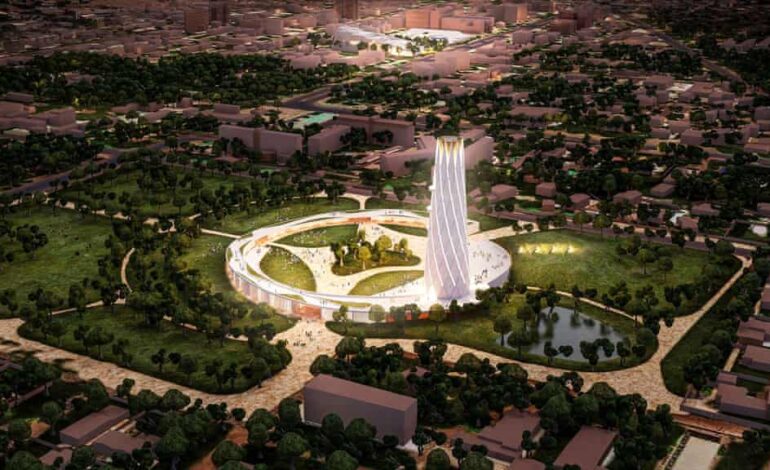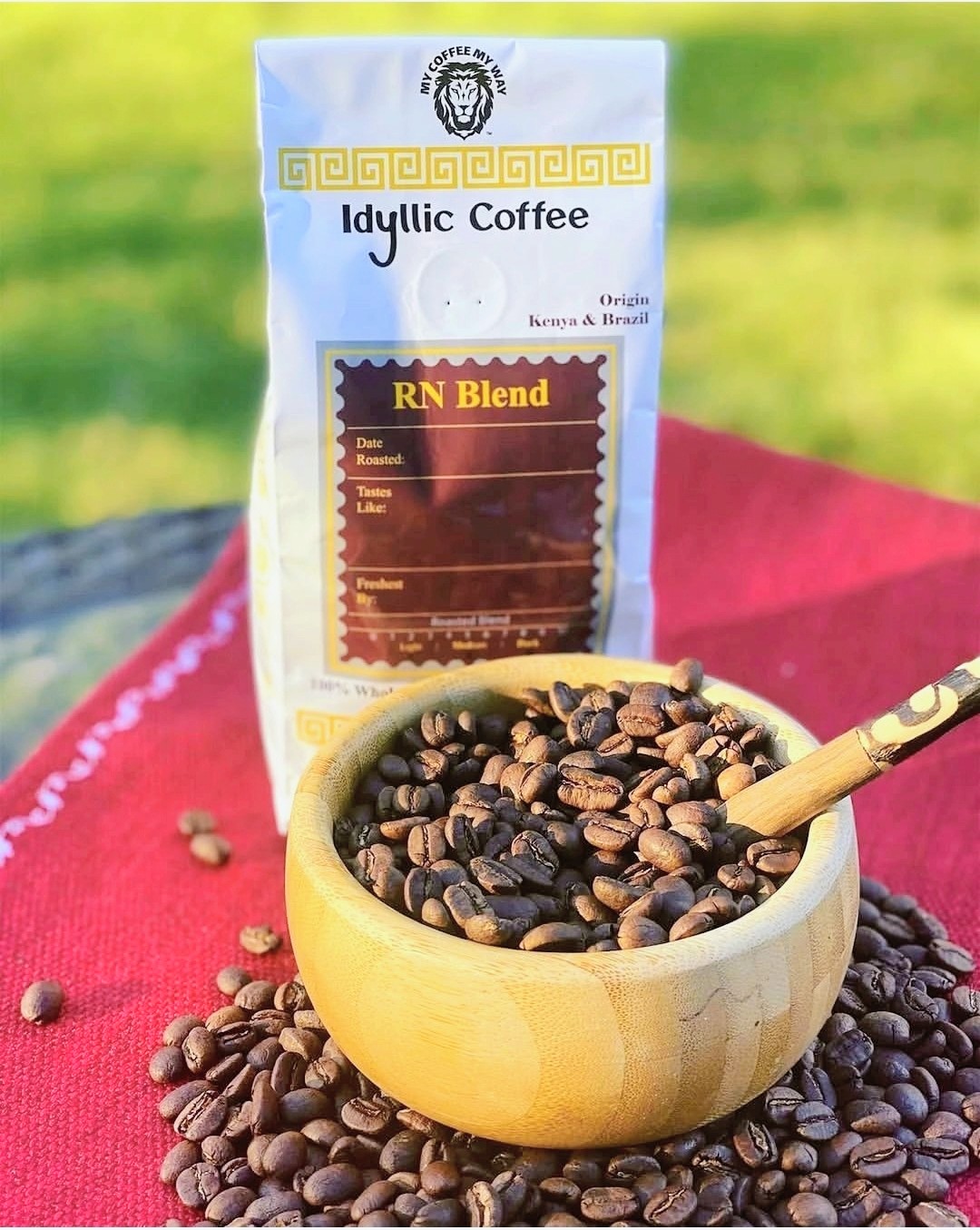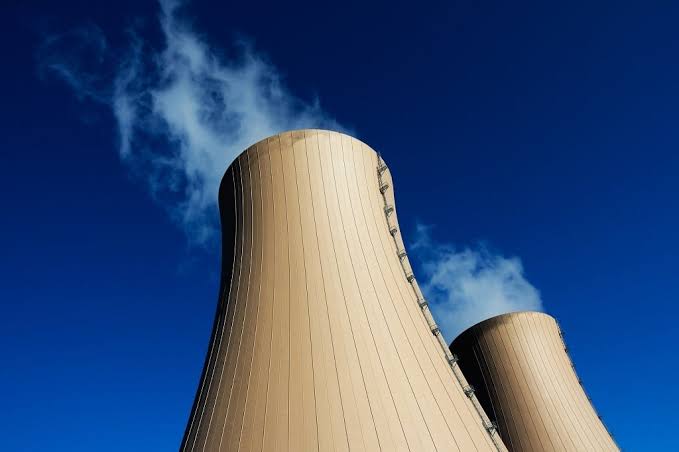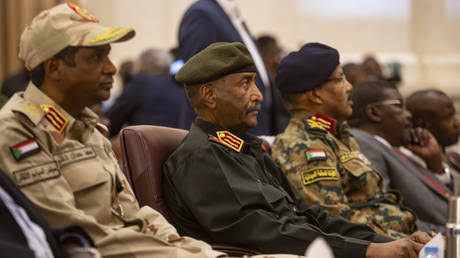
Faith Nyasuguta
Pritzker Prize-winning architect Francis Kere is creating a memorial in Ouagadougou, Burkina Faso, to honor Thomas Sankara, the visionary former president often called “Africa’s Che Guevara.” This project is particularly meaningful for Kere, a native of Burkina Faso, who sees it as a way to celebrate Sankara’s revolutionary ideals while creating a vibrant community space.
A Visionary Leader Remembered
Thomas Sankara was president of Burkina Faso from 1983 until his assassination in 1987 during a coup led by his former second-in-command, Blaise Compaore. In his short time in office, Sankara transformed the nation, combating corruption and championing education, health, gender equality, and infrastructure development. He remains a beloved figure in African history, celebrated for his pan-Africanist vision and dedication to social justice.

To honor his legacy, Burkina Faso’s President Ibrahim Traore initiated the Thomas Sankara Memorial project, with the construction of a mausoleum as its first stage. The memorial will not only commemorate Sankara but also the 12 aides who were killed alongside him.
Francis Kere envisions the 14-hectare (35-acre) memorial as a space of “life and gathering,” reflecting Sankara’s vibrant spirit. “We don’t want a place of death and suffering, but rather one full of vitality and life,” Kere explained. Designed as a green, communal area, the memorial will feature spaces for students to study, people to celebrate weddings, and visitors to learn about Sankara’s revolutionary ideals.
At the heart of the memorial, the building where the assassination took place will be preserved, surrounded by water to symbolize reflection and remembrance. An 87-meter-high tower will serve as a landmark in Ouagadougou’s skyline, symbolizing Sankara’s enduring influence. The site will also include an amphitheater, conference rooms, and restaurants, reinforcing its role as a community hub.

Traditional Design with Modern Purpose
Kere, known for his innovative use of local materials, designed the mausoleum using laterite, an iron-rich soil traditionally used in Burkina Faso. “It is all built with laterite and earth, which helps maintain a fresh interior,” explained civil engineer Nataniel Sawadogo. This natural cooling technique is inspired by traditional clay jars used to cool water in rural Burkina Faso.
Kere emphasized his mission to showcase the potential of traditional techniques: “I want people to come in and wonder where the air conditioning is, only to realize there isn’t any. That’s my mission, to show that with traditional techniques, we can also stay cool.”
By using local materials, Kere not only reduces cement usage and transport costs but also ensures social benefits for local communities. “If we extract the earth from a village, the villagers will benefit from the work, rather than a big company,” he noted. This approach aligns with Sankara’s vision of self-reliance and community empowerment.
Honoring Sankara’s Legacy

The oval-shaped mausoleum resembles an eye, symbolizing vision and vigilance. Inside, the bodies of Sankara and his aides, still encased in concrete, rest in the lower level. The International Thomas Sankara Memorial committee held a lottery to determine who would be laid to rest alongside him. Kere was requested to make Sankara’s tomb slightly larger to reflect his stature as a national hero.
Visitors will experience a symbolic journey, entering from one side and exiting from the other, inspired by the design of Egyptian mausoleums. Light filters through small openings during the day and glows outward at night, creating a striking visual effect.
A Hero Reclaimed
After his assassination, Sankara was hurriedly buried in a mass grave. It wasn’t until 2014, during a popular uprising that ousted Compaore, that Sankara’s legacy was publicly embraced again. Under President Traore, Sankara has been officially recognized as Burkina Faso’s first national hero. His remains were exhumed and reburied with dignity, and Ouagadougou’s Boulevard Charles de Gaulle was renamed Thomas Sankara Boulevard.

A Personal Journey for Kere
For Francis Kere, this project is deeply personal. He recalls meeting Sankara as a student, an encounter that left a lasting impression. “My legs, hands, and heart were trembling, but I had to ask President Sankara what the revolution meant to him,” Kere remembered. “Who could have known 40 years later, I would be building his place of rest? This is the power of architecture. This is what architecture can do.”
Through his visionary design, Kere is not only honoring a revolutionary leader but also creating a living monument that reflects Sankara’s ideals of social justice, community empowerment, and African pride. The Thomas Sankara Memorial is set to become a powerful symbol of hope and inspiration for generations to come.
RELATED:








